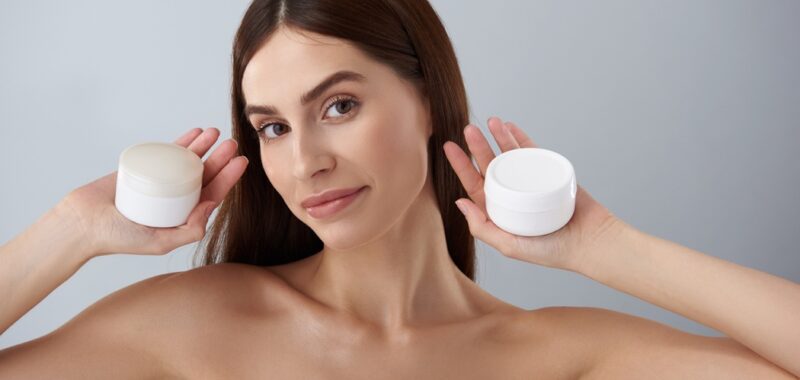Last year, the global beauty and personal care market hit EUR 523 billion (USD 593 billion) – up 7% on the previous year in real terms and up 2.9% with inflation stripped away, according to Euromonitor International. Within this, Western Europe generated EUR 105 billion (USD 119 billion), up 6% on 2023, with the top five markets Germany, UK, France, Italy and Spain generating 73% of total sales for the region.
Looking ahead, the market research firm said CAGR [1] growth between 2024-2029 for global beauty would be 6% and 0.5% without inflation.
“It’s good news; beauty and personal care is still growing,” said Emilie Hood, consultant for beauty and consumer health at Euromonitor International, noting the slowdown predicted over the next four years may still be readjusted, as it related to current slowdowns in China.
Addressing attendees during her presentation at in-cosmetics 2025 in Amsterdam last week, Hood said industry had been engaged in a lot of renovation recently: one pillar of innovation where brands tweaked offerings within familiar parameters. Pureplay innovation, however, was down, she said, with new product launches across the top five European markets dropping 28% in 2024 versus 2023.
According to Euromonitor’s recent industry innovation survey, she said future priorities amongst beauty businesses today included targeted campaigns, premium product launches, and rebranding. “I think this is something we’re going to see a lot of in 2025 and 2026, and looking to the later parts of the forecast as well,” Hood said.
Beauty renovations: Gen Z, menopause, fashion and unisex fragrances
“Brands are looking to reinvent themselves to reignite consumer interest,” the consultant told attendees, and rebranding had started to emerge as “a really key area” for brands trying to claim shares from competitors or grow their own consumer base, many via Gen Z (currently aged 13-28).
UK makeup brand Barry M was one strong example of this, she said, having recently invested in a full rebrand to target this consumer group after 43 years of maintaining its original packaging and branding. Online retailer Cult Beauty was another example, recently rebranding its platform to create more of an editorial feel in a bid to engage better with Gen Z.
“It really just highlights how a lot of brands are pivoting their entire outlook, marketing, branding, to try and really engage with Gen Z as an opportunity to grow,” Hood said.
Other beauty brands, she said, were renovating through premiumization or expansion of existing lines, often focused on very niche demographics. Boots brand No.7 was a good example of this with its menopause range – a curated mix of existing ingredients and formulas developed for women in perimenopause, menopause and postmenopause – and it had been “really well received”.
There had also been a lot of fashion houses moving into beauty recently, she said, with Marc Jacobs relaunching its beauty brand after around 10 years off market and other fashion houses like Balenciaga and Prada also shifting into the category, either for the first time or to relaunch previous lines.
Fragrances – Western Europe’s second-largest beauty category – had also seen a lot of renovation, Hood told Premium Beauty News, with many brands shifting positioning. “I think it’s going to become really unisex and consumers are going to have to judge for themselves, based on scent, as opposed to positioning.”
Fragrance brands would also likely make a “real move” into smaller, multipack offerings, she said, enabling consumers to experiment and layer scents and have “more control over the fragrances they’re wearing”.
Consumers in a state of ’permacrisis’
Addressing attendees, Hood said: “I think it’s interesting, particularly with the state of global affairs – i.e having super high inflation and the global economy being fairly unsteady – that a lot of brands are really seeing the benefit in expanding in premium ranges.”
Why? Likely because consumers were in a state of “permacrisis”, she said, and thus starting to ignore financial worries and grant themselves a “little bit more financial freedom”.
Hood said it was important to note, however, that premium didn’t necessarily mean “very high end”; it could be just a 10% increase on existing brand prices, up to anything around a 50% markup. Either way, it was about the “perceived value for money” from the consumer viewpoint that was key, the expert said. According to a recent Euromonitor Voice of the Consumer survey, 33% of beauty consumers in Western Europe desired value for money when purchasing haircare, skincare, color cosmetics or fragrance products and 26% were seeking high or superior quality.
“Premium will always do well, even if the global economy is a little bit dicey, because the lipstick effect is alive and well. Consumers do enjoy a little treat and oftentimes beauty brands do weigh in on that,” she concluded.

